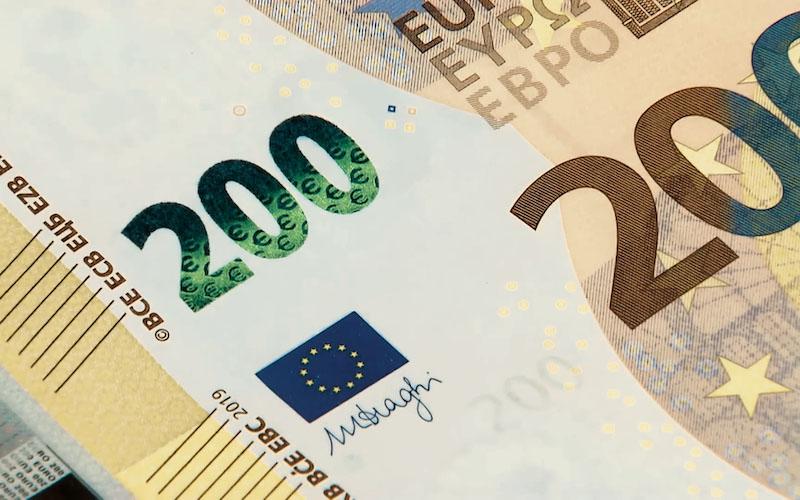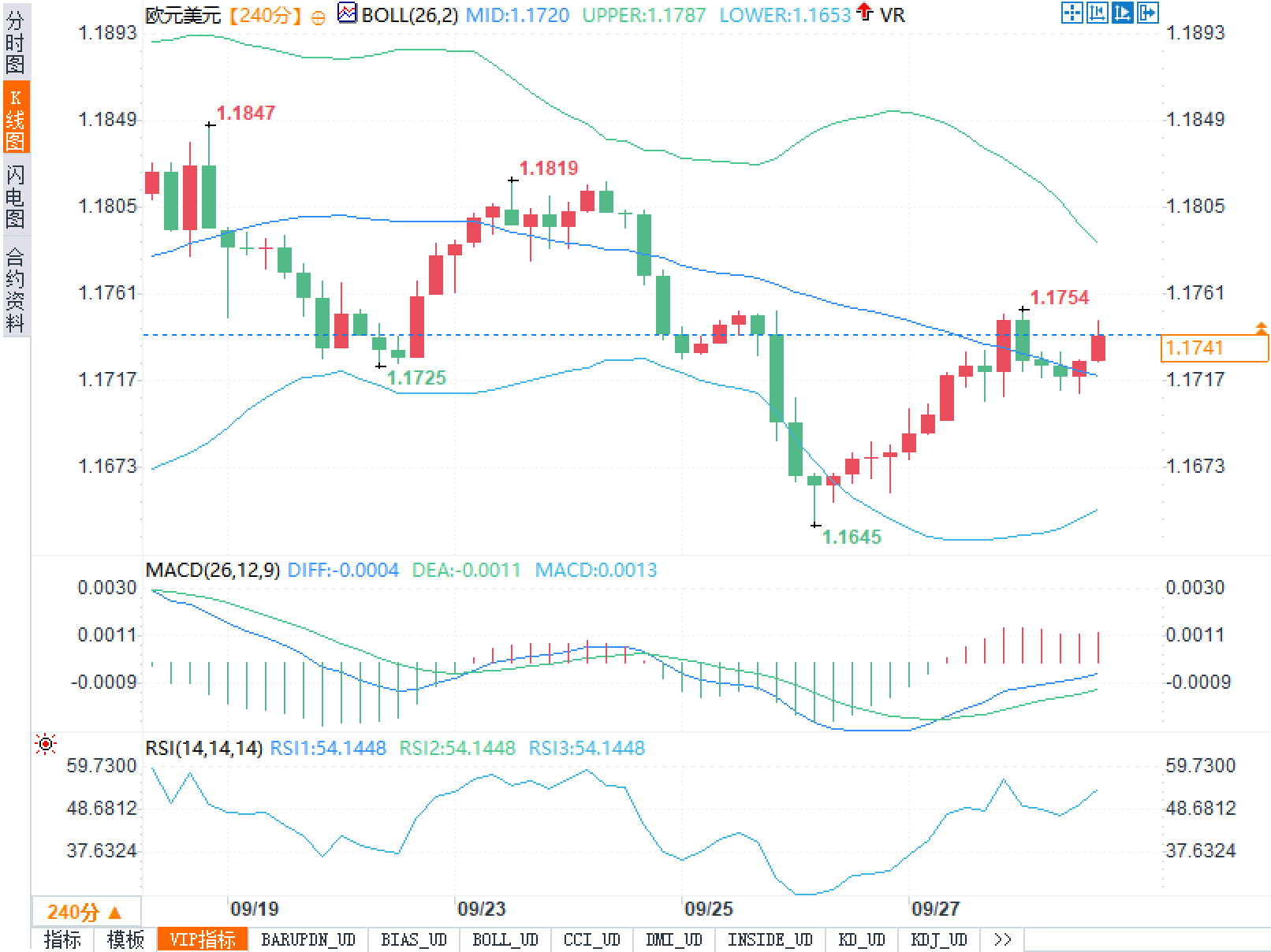A weak golden cross has appeared, but a strong trend has not yet been established: EUR/USD's "half-way counterattack"
2025-09-30 16:53:11

Fundamentals
In the US, talks between the White House and bipartisan leaders failed to reach an agreement, hindering the passage of a temporary funding bill and maintaining a high probability of a shutdown. If a shutdown is implemented, the BLS and other agencies will cease operations, potentially preventing the market from receiving key data such as weekly initial claims and non-farm payrolls this week. The dollar's data advantage has temporarily weakened, as reflected in the previous trading day's decline in US Treasury yields across the entire curve (2-year -4.5bp, 30-year -4.5bp), and sentiment towards risk assets has been subdued. Meanwhile, JOLTs (Job Openings) and involuntary layoffs are core indicators used by the Federal Reserve to gauge labor demand. If job vacancies continue to decline and layoffs rise, the market will intensify bets on cooling growth and faster interest rate cuts, putting pressure on the dollar and benefiting the euro. Conversely, if labor demand is more resilient than expected, the dollar will quickly recover its losses.
In the eurozone, German household consumption momentum is weak: August retail sales fell 0.2% month-over-month, missing expectations for a 0.6% increase and marking the fourth monthly decline of the year. The annual rate slowed to +1.8% (previous reading: +2.9%). Import prices fell 1.5% year-over-year, with a significant drag from energy (hard coal, crude oil, and natural gas prices declined). Non-energy import prices also fell 0.2% year-over-year, indicating a continued decline in imported inflation. France's producer price index (PPI) fell 0.2% month-over-month, with an annualized rate of just +0.1%. Household spending rose 0.1% month-over-month, missing expectations, and fell 0.8% year-over-year. Given this combination of cooling inflation and weak demand, the ECB Vice President reiterated that "current interest rates are appropriate and will be decided meeting by meeting," limiting pricing for further rate hikes and negatively impacting the euro's medium-term outlook. This divergence in fundamentals has created a tug-of-war: the dollar's stagnation and data uncertainty are negative for the dollar, while cooling demand and inflation in the euro are negative for the euro. Short-term momentum is shifting to event developments and marginal yield fluctuations.
Technical aspects:
The 240-minute candlestick chart shows the middle Bollinger Band at 1.1720, the upper Bollinger Band at 1.1787, and the lower Bollinger Band at 1.1653. The current price is slightly above the middle band, indicating a short-term neutral to strong upward mean reversion trend. The near-term key price structure is clear: above, 1.1787 (the upper Bollinger Band) and the previous high of 1.1819 are located, followed by the previous high of 1.1847. Below, 1.1725 (the previous low/nearby high trading area) and 1.1720 (the middle Bollinger Band) are located, followed by 1.1653 (the lower Bollinger Band) and 1.1645 (the recent low).

In terms of momentum, MACD's DIFF = -0.0004, DEA = -0.0011, and the histogram is +0.0013, indicating that DIFF has crossed above DEA and the bar has turned positive—a typical continuation phase after a weak golden cross. However, DIFF is still below the zero axis, meaning that the rebound is still a technical correction. To confirm a higher-level trend reversal, the price still needs to effectively break through the upper track 1.1787 and successfully backtest. The relative strength index RSI (14) = 54.1448, in the moderate bullish range of 50-60, neither extremely overbought nor falling back to the equilibrium line. Combined with the "dynamic support" of the middle Bollinger band, the short-term trend is inclined to an oscillating rhythm of testing the upper edge and taking over the lower edge.
Structural Analysis: The previous rebound from 1.1645, if it breaks through and holds 1.1787 with strong volume, will open up a window for an upside move towards 1.1819/1.1847. Conversely, if it breaks below 1.1720/1.1725 on a macro-catalyst basis and closes below the middle band, the lower Bollinger band of 1.1653 and the low of 1.1645 will become the next target for bears and the dividing line between bulls and bears.
Market Sentiment Observation
The core of current sentiment isn't trend belief, but rather the timeline: whether the US government shutdown will occur and whether the JOLT data will be released as scheduled. While the market's tolerance for a shutdown is increasing, anxiety about data "absence" will dampen the patience of dollar bulls, driving forex funds to adopt a light-weight, dip-based, mean-reversion strategy in the euro before the event. Meanwhile, cooling inflation in the eurozone has dampened expectations of further ECB tightening, making it difficult for bullish market sentiment to fully ignite.
- Risk Warning and Disclaimer
- The market involves risk, and trading may not be suitable for all investors. This article is for reference only and does not constitute personal investment advice, nor does it take into account certain users’ specific investment objectives, financial situation, or other needs. Any investment decisions made based on this information are at your own risk.





















